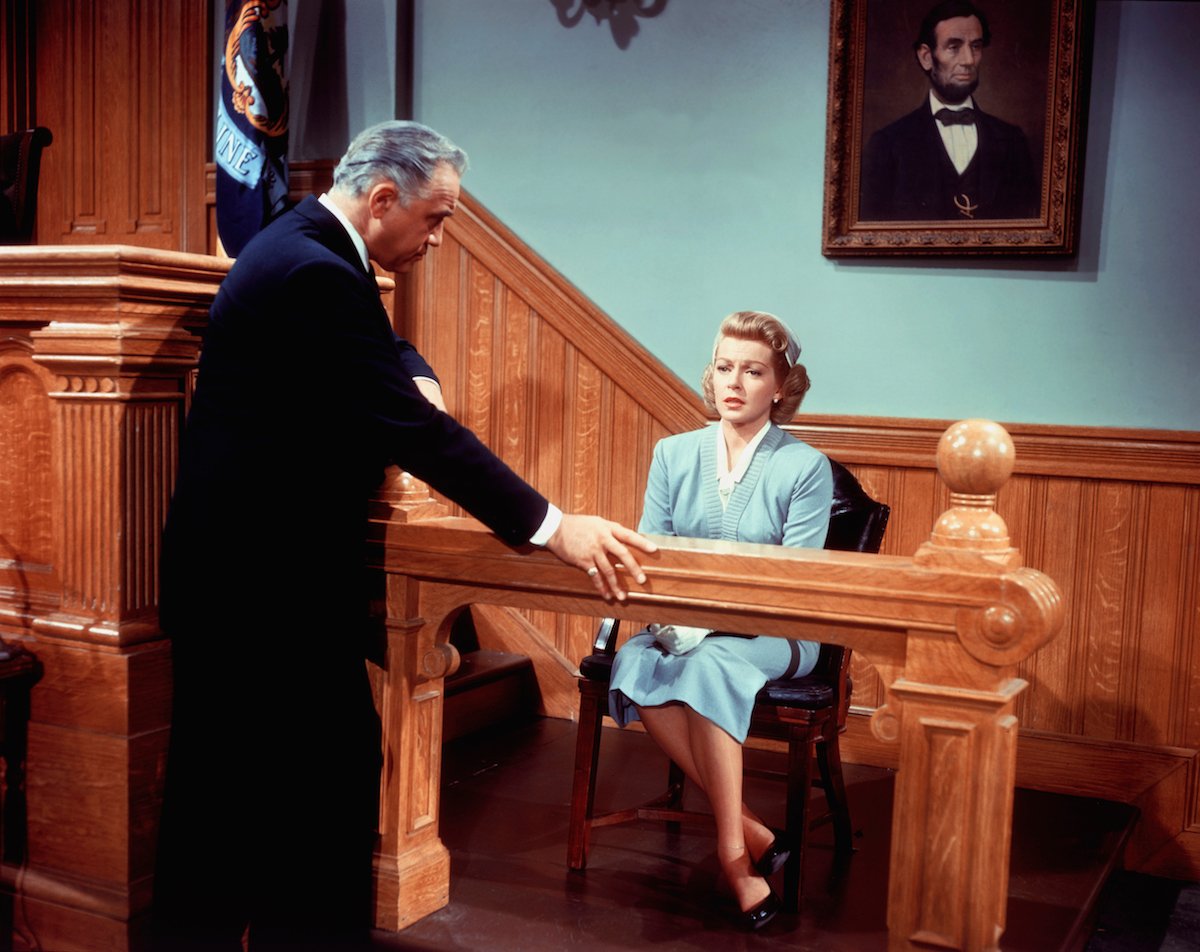‘Peyton Place’: A Real Small Town New England Murder Inspired the Story
Chilling thrillers that come out of the depths of the creative minds of the writers who pen these harrowing tales have long been a fascination for people seeking hair-raising suspense. What makes these tales even more terrifying, however, is when the inspiration comes not from the fictional realm but from real life.
As investigative journalism and entertainment have seen themselves merge, again and again, true crime tales have found themselves with an ever-increasing fan base. Sometimes, though, the connection between the real-life events and their fictional counterparts aren’t as obvious as these documentary-style tales.
That’s the case for Peyton Place, a primetime soap from the 1960s that had a real-life connection to a horrific crime.
‘Peyton Place’ was first a controversial book
In 1956, Grace Metalious wrote a best-selling novel titled Peyton Place. The book was a hit because of its salacious and thrilling content, but those same elements put it in the crosshairs for critics who saw it as immoral and dangerous.
Making things even more complicated for the book’s future was the fact that it took place in a small town in New England at a time when small towns were seen as the moral compass of American culture. As Banned Library reports, several municipalities outlawed the sale of the book using local ordinances to justify their censorship.
In 1957, the city of Knoxville, Tennessee banned the sale of Peyton Place until a newsstand owner challenged the ordinance and it was deemed unconstitutional.
In 1959, the Rhode Island Commission to Encourage Morality in Youth brought charges against publishers of the book — charges that were upheld and then eventually appealed and overturned by the Supreme Court. Over time, the outraged response to the book became something of a marketing plan, and some editions even declare it the “novel that shocked the nation” on the cover.
‘Peyton Place’ inspired films and television shows

Following the popularity of the novel, the story was turned into a film in 1957. This version starred Lana Turner, and the actor was even nominated for an Oscar for her performance.
Like the original novel, the film featured a small New England town named Peyton Place where the adults all followed a strict Christian moral code. As time went on, the teenagers subjected to harsh rules begin to learn that the elders are not as chaste as they’ve made themselves seem. Rebellion, subterfuge, and eventually a murder trial flesh out the plot.
The film’s popularity gave way to a primetime soap opera of the same name in 1964. Ed Nelson and Barbara Parkins starred in the series, which ran for five seasons before wrapping up in 1969. The long run allowed the dark side of the little town to be explored in more detail with the Harringtons — a family who founded Peyton Place — taking center stage.
The tale has been explored even more with a TV movie titled Peyton Place: The Next Generation premiering in 1985. Obviously, the story has had a serious pull on its audience for a long time.
A real murder inspired the original ‘Peyton Place’ novel
While the novel that inspired all of these creative thrillers was considered by many to be too scandalous to print, it was actually rooted in real-life events.
In 1946 — a decade before the novel was penned — 20-year-old Barbara Roberts shot her father in defense of herself and her younger brother.
As Gizmodo reports, Roberts was particularly close to her brother because she had been raising him since their mother died ten years earlier. Together, they stashed their father’s body in a barn, and they managed to hide the act for eight months.
The headlines at the time focused on how the girl was eventually caught — her own older brothers discovered the crime and turned her in. However, the news of the time shied away from additional details about the abuse on the property.
Roberts later recounted sexual assault at the hands of her father. These details helped inspire the novel where Lucas Cross — a violent drunk — rapes and impregnates his stepdaughter who then turns to the town doctor to procure an illegal abortion.


